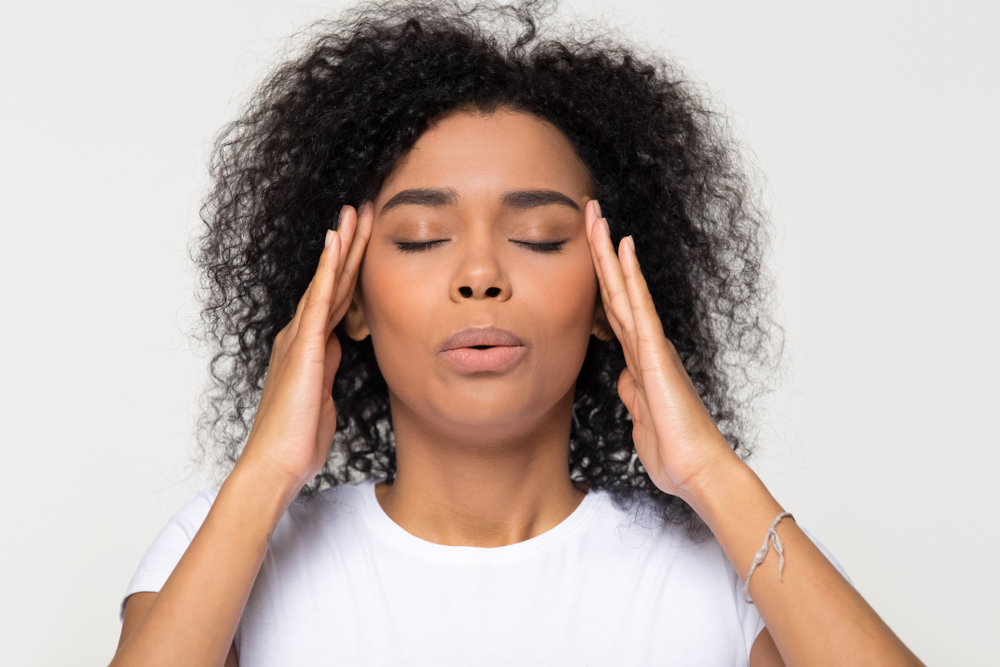back
What are Emotional Regulation Skills & How Does it Help?
May 1, 2020
 Every human emotion has a purpose. Some bring pleasure, others keep people safe, and still, others allow sadness and mourning. Emotions are a normal and healthy part of life. However, people must be able to understand, interpret, and regulate emotions to maintain healthy functioning. One person’s emotions can affect the feelings of those around them as well.
Every human emotion has a purpose. Some bring pleasure, others keep people safe, and still, others allow sadness and mourning. Emotions are a normal and healthy part of life. However, people must be able to understand, interpret, and regulate emotions to maintain healthy functioning. One person’s emotions can affect the feelings of those around them as well.
When trauma or mental health problems interfere with the ability to regulate emotions, therapy can help. DBT may be an effective form of treatment, as it focuses on acknowledging feelings as neither good or bad and managing reactions to them. DBT involves one-on-one sessions with a trained therapist and group sessions.
What is Emotional Regulation?
Researchers have multiple definitions of emotional regulation. Some professionals define emotional regulation as the ability to amplify or minimize your emotions as appropriate to the situation. Most people learn these skills in childhood. For example, an adult with a healthy ability to regulate emotions may get upset by something at work but is probably able to resist an outburst in a meeting. However, for people with mental health diagnoses such as Borderline Personality Disorder (BPD), or traumatic childhood experiences such as abuse and neglect, emotional regulation may be challenging.
Other scientists define emotional regulation more broadly as a set of skills that a person uses to maintain a healthy level of functioning. Emotions change over time, and so does a person’s ability to manage the intensity of feelings, when they occur, and reaction to them. Each individual has a goal for the regulation of emotions, a mental image of how he or she wants a situation to turn out. Goals may be conscious or subconscious and may be related to the people and things in the environment.
Why is Emotion Regulation Important?
Healthy emotional regulation gives a person some specific skills for day to day functioning. It reduces the person’s vulnerability to unwanted or uncomfortable emotions, and it improves resiliency when those emotions are unavoidable. Here are some other benefits of healthy emotional regulation:
- The ability to recognize, understand and cope with emotions
- The ability to reduce vulnerabilities to uncomfortable emotions while increasing emotional hardiness
- An understanding of how to change mood states and get unstuck from those feelings
What Are Some Examples of Emotion Regulation?
Here are some examples of emotional regulation goals. Keep in mind that goals can co-occur.
- A person may want to influence someone else to change. A parent wants to help a child learn emotional regulation, and the most effective way to do that is to model it. When a child has a tantrum and the parent maintains calm, the child learns to do the same. This process is called extrinsic emotion regulation.
- A person may want to influence change in self. Some people might want to have a more optimistic and positive view of life, for example. This function is called intrinsic emotion regulation and may be heavily influenced by culture and situational expectations.
- A person may want to regulate emotions to reach another goal. For example, if something at work is upsetting, the person may choose not to react to it, hoping that the boss will see it and take notice of the calm nature.
- A person may seek to change the nature of the emotions themselves, modifying their intensity, length of time, or type. For example, the person may choose to think about something else to avoid confronting unpleasant feelings.
- A person may regulate emotions unconsciously through behaviors not immediately associated with regulation. For example, turning the television off when something upsetting comes on may be a form of unconscious emotional regulation.
What are Emotional Regulation Skills?
The most common general theory of emotion regulation is called the process model, which holds that emotions come from a four-part sequence of situation, attention, appraisal, and response.
- Situation: The generation of emotions starts with a given event. Events can be external, such as a cruel comment from a friend, or internal, such as negative self-talk.
- Attention: The situation commands attention and awareness occurs.
- Appraisal: The person performs an assessment of the situation.
- Response: The individual experiences a physical and emotional response to the situation. Physical reactions may be a blush on the cheeks while the emotional response may be hurt feelings. Those responses lead you to react. Your response creates a new situation, and the chain starts over.
The person can choose, influence, and change any part of the sequence using emotional regulation skills.
- Situation: A person can change the situation by avoiding hurtful situations, choosing more positive ones, or shifting behaviors in the current situation.
- Attention: An individual can modify the attention step in the sequence by focusing on something else.
- Appraisal: The person can change his or her appraisal of a given situation by thinking about things differently.
- Response: The person can change his or her response to the situation. For example, choosing to walk away rather than engage an angry coworker is one possible way to change the response.
What is Emotional Regulation Disorder?
Emotional regulation disorder is a condition in which the ability to manage emotions is impaired or dysfunctional. Symptoms often include some of these reactions. Usually, it is associated with depression, mood swings, and stress, difficulties that occur with many mental health diagnoses.
- Unexplained angry outbursts against innocent parties, which may include passive-aggressive behaviors
- Somatoform disorders such as chronic pain not related to a medical condition
- Self-harming or suicidal behavior
- Difficulty building health relationships
- Difficulty focusing because of negative thoughts
- Poor self-control
What is DBT, and How Does It Help Emotional Regulation?
Emotional regulation skills are difficult for people with mental health challenges. However, the good news is that all of them can be learned and improved upon with the help of a therapist trained in the use of dialectical behavior therapy (DBT) in the treatment of mental health challenges. Here are a few exercises using DBT skills that might help:
- Reducing emotional vulnerability can be improved by good self-care, which includes getting enough sleep, eating healthy food, and getting exercise. Taking time for fun activities can also help with emotional regulation.
- Mindfulness is the ability to be fully present in the moment, and it is a core principle of DBT. Mindfulness training involves an awareness of breathing, tension, and heart rate. These skills help the person remember that even difficult times are only temporary.
- Emotional acceptance is an acknowledgment that emotions are not inherently bad or good, though they may be frightening and intense. Learning to accept all feelings takes work but comes more naturally over time. Mindfulness helps with emotional acceptance.
Another skill of Dialectical Behavior Therapy is called opposite to emotion or opposite action. It helps a person manage emotions that are not appropriate for the situation. Every emotion is associated with an action. Opposite action means identifying the feeling and, if the related behavior is likely to be damaging, evaluating whether the opposite reaction might be more productive.
Where Can I Find Help?
MHS is a DBT provider certified by the Minnesota Department of Human Services. MHS serves adults, teens, and early adolescents with a full range of services for those with mental health and substance abuse challenges. Contact us today and let us help you on your journey to wellness.
_________
Image Credit: Shutterstock/ fizkes

 Every human emotion has a purpose. Some bring pleasure, others keep people safe, and still, others allow sadness and mourning. Emotions are a normal and
Every human emotion has a purpose. Some bring pleasure, others keep people safe, and still, others allow sadness and mourning. Emotions are a normal and